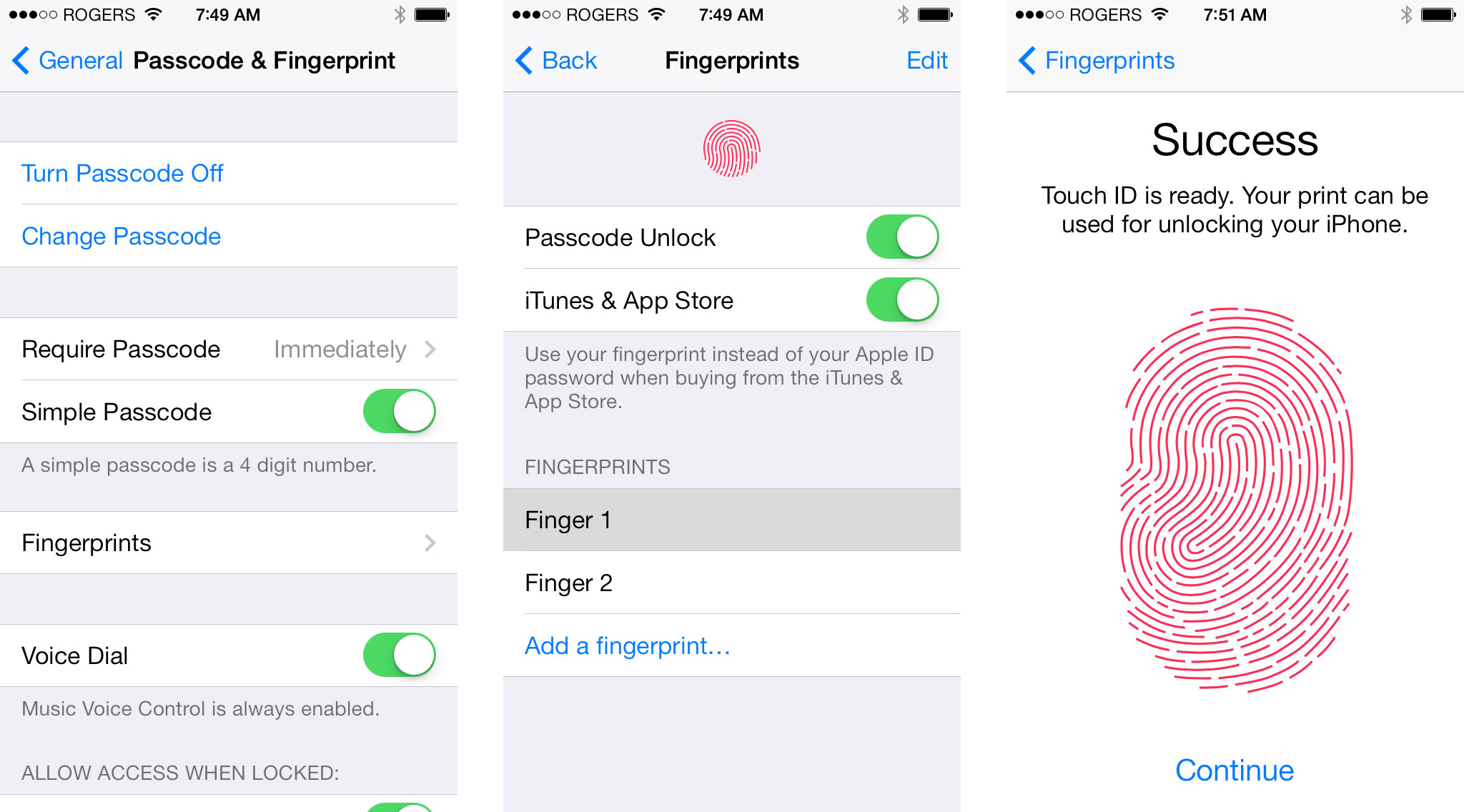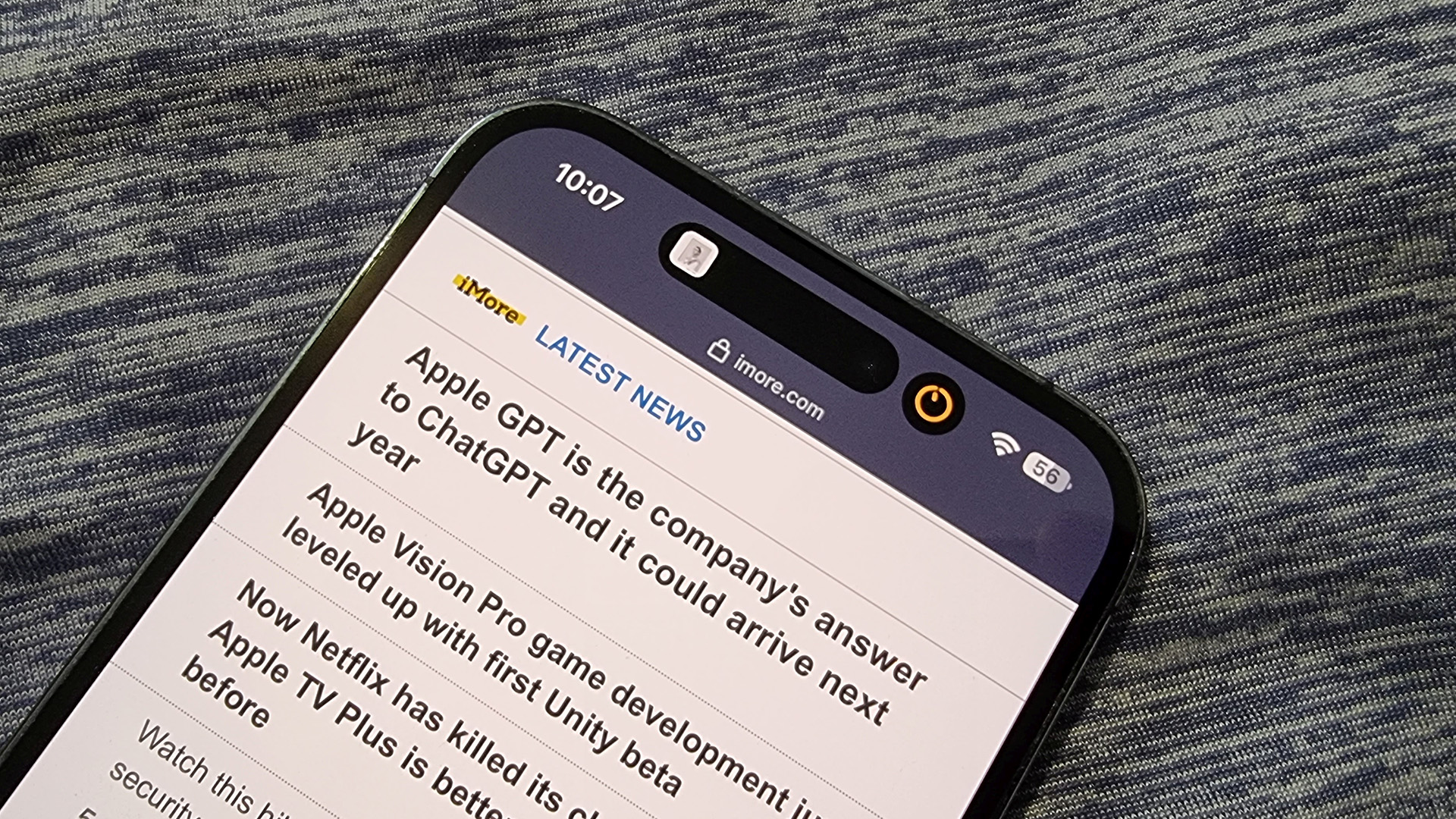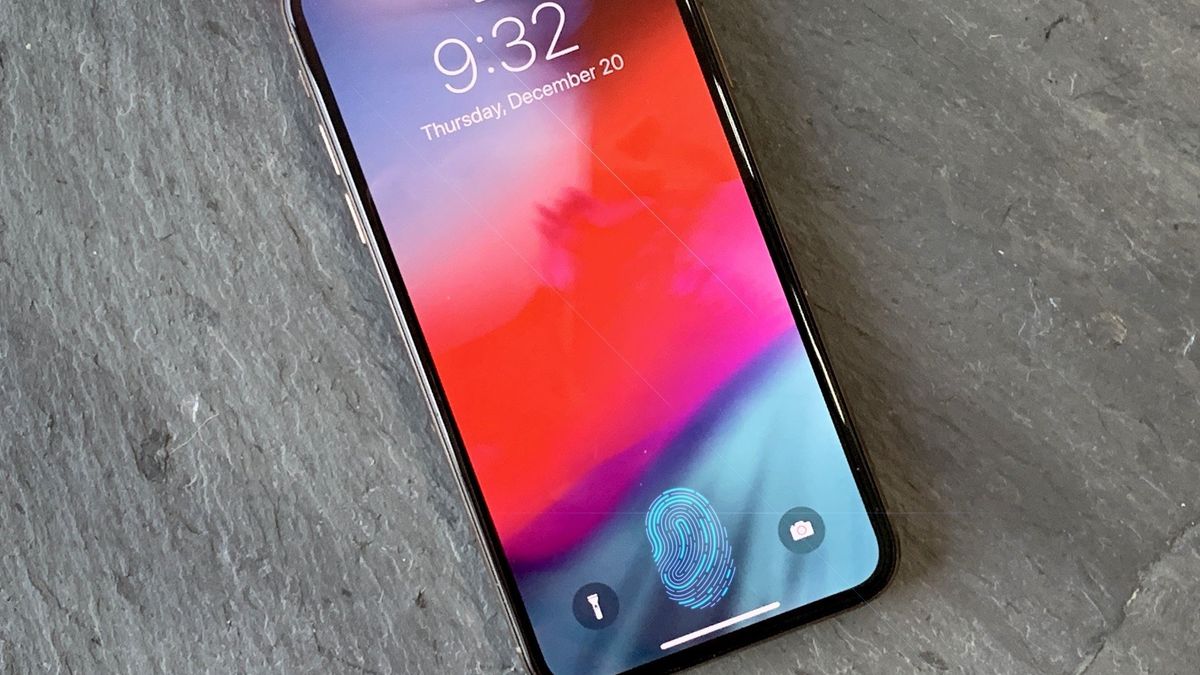Unfortunately, now that the Apple Event has aired, we know that the iPhone 15 lineup won’t be getting Touch ID. You can check out everything announced at the Apple Event here.
It’s been a few years since FaceID debuted on the iPhone X, and while Apple’s flagship phones since then have all used the face-scanning tech, there’s always room for the TouchID sensor that’s still on the iPhone SE – possibly in the future.
Though we now know the iPhone 15, 15 Pro, and Pro Max won’t get it, there’s a chance future phones will.
With this in mind, here’s everything you should know about Touch ID on iPhone 15 and why we thought it could have happened.
Is iPhone 15 getting TouchID?

No, the iPhone 15 is not getting Touch ID, and instead, we’ll see Face ID stay for another year.
It may seem an obvious answer, but reports had suggested there was a chance of the sensor being reintegrated via an under-display scanner.
Those stemmed from Apple patents, which were backed up by analyst Ming-Chi Kuo who had suggested Touch ID could be found under displays in iPhones in the second half of 2023.
That’d include the iPhone 15, but Kuo has backtracked on things somewhat, tweeting that, “the latest survey indicates new iPhones in 2023 & 2024 may not adopt under-display Touch ID.”
His tweet also seems to suggest that the iPhone’s FaceID improvements for mask-wearers could have made Touch ID less of a priority.
Renowned leaker “yeux1122” popped up on Korean blog Naver has suggested that it’s a matter of when, not if, Touch ID could return, backing up display analyst Ross Young’s prediction of a 2026 release.
That’s a lot of names with a lot of reports, but in short, don’t expect the iPhone 15 to have Touch ID back – but there’s every chance an iPhone 18 could, and it’ll likely be found under the screen.
Touch ID versus Face ID

As we’ve noted, Touch ID is particularly beneficial for mask-wearers because it can be triggered without removing the mask – although Face ID has got better at detecting when a user is wearing one.
Touch ID can also come unstuck if you have something on your hands, be that some sticky BBQ sauce, or a pair of woolly gloves.
Face ID is, in our opinion, quicker than its fingerprint-based sibling, but the two aren’t mutually exclusive – many Android devices offer both facial recognition and fingerprint sensors, with each acting as a sort of failsafe for the other.
The future of Face ID & Touch ID

It’s unlikely Apple would revert, though, especially given how Face ID is tied into Dynamic Island already – a feature expected to come to all models of iPhone 15 this year.
Still, given Always-On displays are expected to remain a Pro feature, could Apple do the same with Face ID? It feels like it could be a controversial move that would disappoint fans of the base iPhone.
Naturally, we’re not expecting the reemergence of the Home button, but Apple could put Touch ID functionality into the sleep/wake button just as it’s done with iPad models like the Air and mini, among others.
It wouldn’t be an unprecedented move, of course – the iPad Pro remains the only iPad model with Face ID unlocking and Apple Pay functionality, while its cheaper siblings are Touch ID only.
Still, the eventual removal of Face ID feels like it would go hand-in-hand with sci-fi iPhone concepts with no buttons, ports, or visible cameras. In fact, there’s always the chance Apple is working to get both a fingerprint scanner and camera underneath the display, leaving future iPhones with a clean, all-screen look.
That’s going to come much later than this year’s iPhone 15, though – so don’t expect Touch ID just yet.

